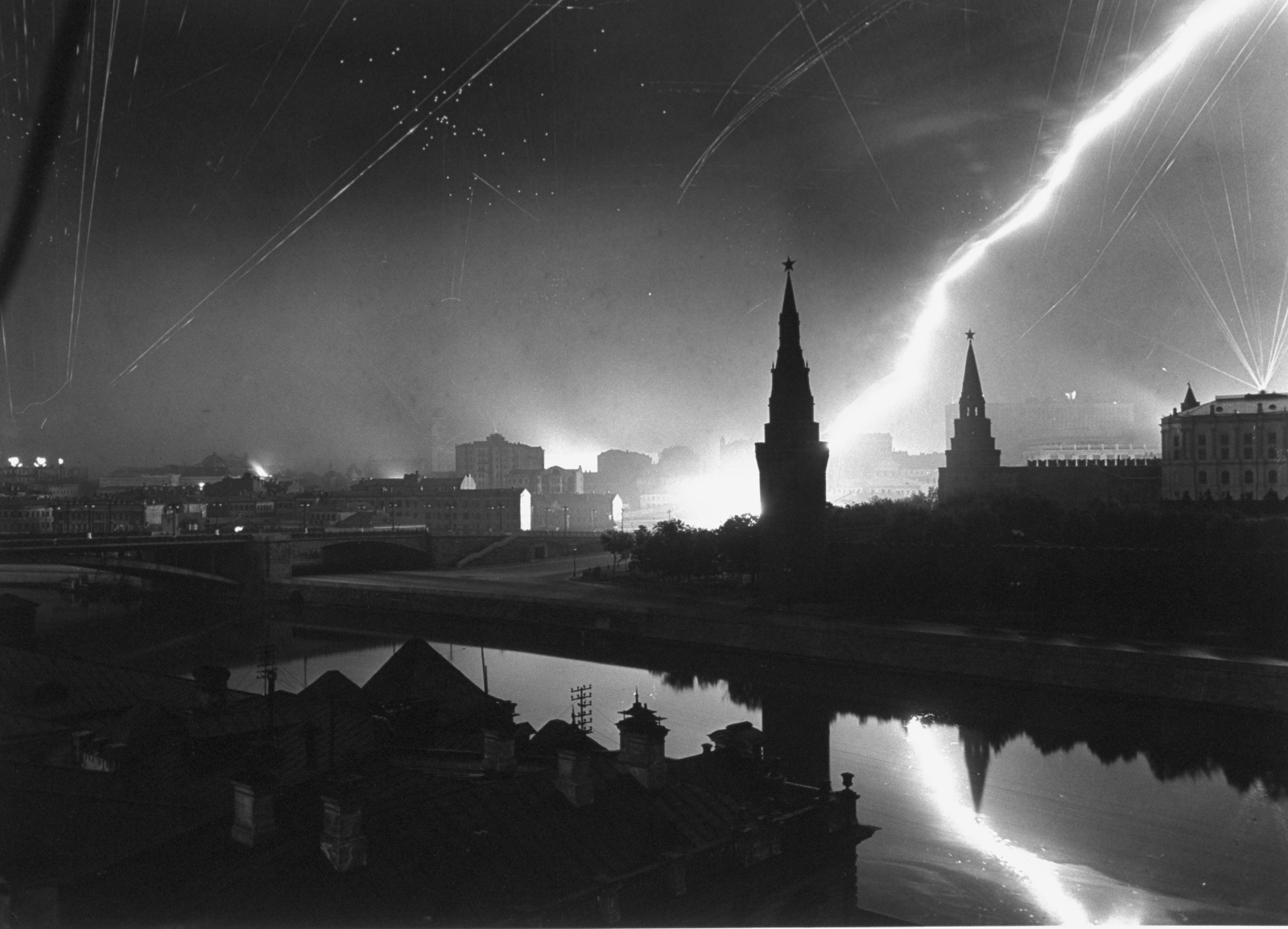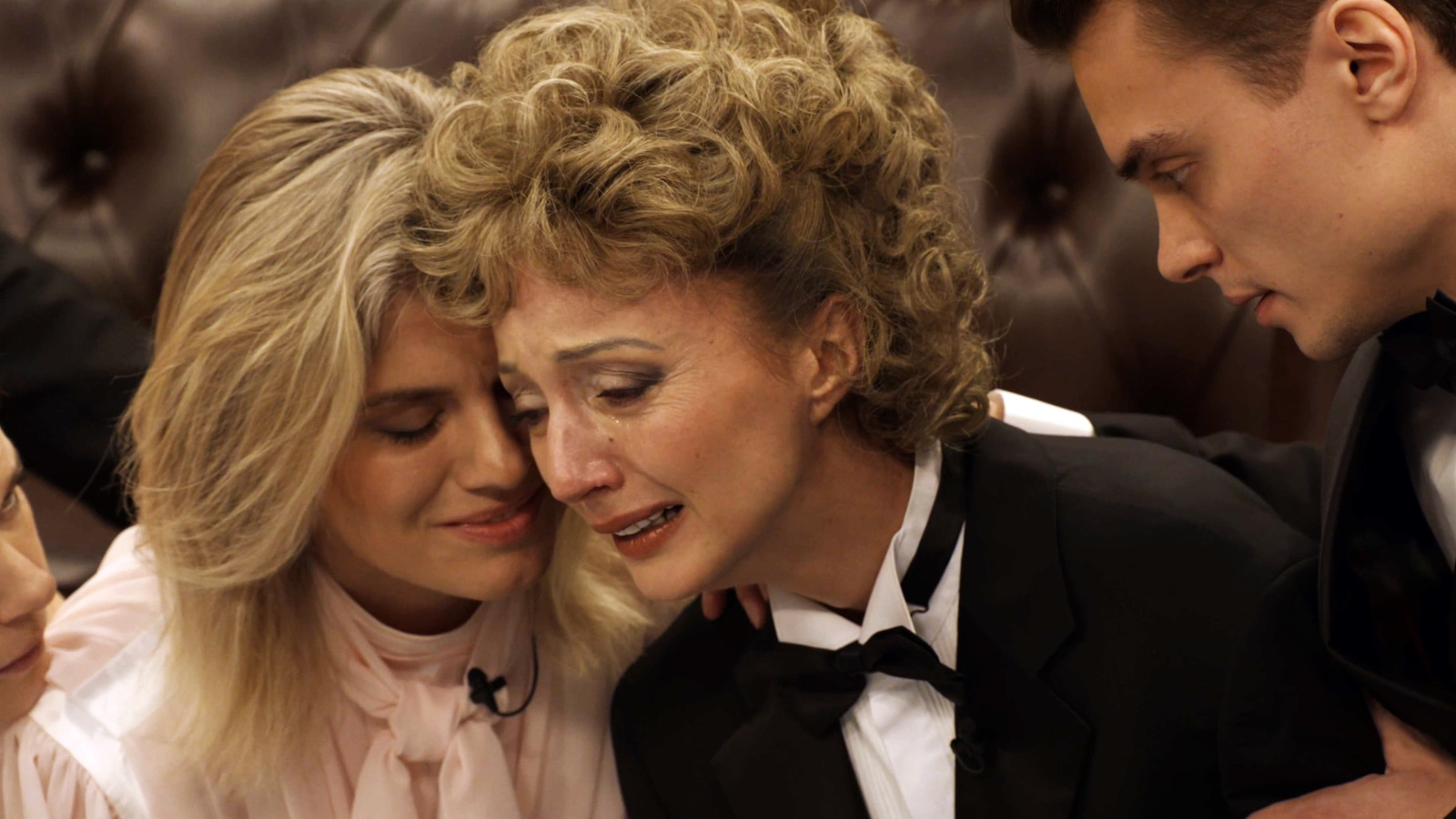Trained to See – Three Women and the War (Drei Frauen und der Krieg)
(Germany/Italy, 106 min.)
Dir. Luzia Schmid
Programme: Artscapes (North American Premiere)
While soldiers and civilians fight on the frontlines of world conflicts, those on the homefront and in the rest of the world face daily headlines of death and destruction. War correspondents jeopardize life and limb to communicate the stark realities of battle; however, thanks to the 24-hour news cycle, it’s easy to become habituated to the job they do and the risks they take. It’s a hard enough job to do at the best of times – and those are not the times they’re reporting on – without having to break through the glass ceiling at the same time.
Trained to See – Three Women and the War from director Luzia Schmid shines the spotlight on a trio of journalists who did just that. At the outset of World War II, the western news media was still very much dominated by men. But not for long. American photographers Lee Miller and Margaret Bourke-White, and writer Martha Gellhorn, all felt an almost primal push “to be where the history was happening” and to bear witness to the myriad of horrors unfolding across Europe.
Gellhorn – perhaps the best known of the trio – landed at Normandy on D-Day plus one; Bourke-White was the only foreign photographer in Moscow when the Germans attacked and her effective photo spreads in LIFE showed Americans the true human cost of the Holocaust; and Vogue fellow photographer Lee Miller experienced the London Blitz first-hand and covered bother the liberation of Paris, and the liberation of the concentration camps of Buchenwald and Dachau. Their commitment and relentless pursuit and communication of the truth blazed a trail for every journalist who followed in their footsteps, regardless of gender.
Not as well-known as some of their male contemporaries, including Gellhorn’s own correspondent husband Ernest Hemingway, their amazing stories from the war seem ripe for adaptation by any documentarian with an interest in history and an eye for a headline. Schmid more than qualifies in both regards. Instead of cluttering the screen with academics looking to carve out a place for this trio in modern history (a tactic that can and does work well in other films), the director allows these women to speak for themselves by letting their actions and their own letters, transcripts and interviews do the talking. Three actresses – Manon Kahle, Leslie Malton, and Doey Lüthi – provide the voices for Gellhorn, Bourke-White and Miller, respectively. All perfectly capture the emotional toll the war takes on the women, brimming with eagerness and optimism at the outset, but ground down by the human evil and death they’ve seen by the conflict’s eventual end.
It’s intriguing too that this film comes to audiences courtesy of Germany and Italy, and not the United States or England. However, the messages conveyed in the thoughts and feelings of these women – placed strategically over their own photo spreads, filmed footage, or published articles – become all the more powerful when conveyed by a creative team from countries forced to learn hard lessons of the past. Schmid pulls no punches in showing what both Germany and Italy unleashed on the world from 1939 to 1945, layering in references and lessons that are as important now as they were at the close of hostilities.
The film may feel to some as if it ends abruptly—unlike the war, which these women knew couldn’t end soon enough—and we are given insights into how the women spent the rest of their lives. All three carried on in variously similar ways in terms of their professions. Miller particularly seemed to have been affected by her time in the war, experiencing years of post-war depression – never even speaking about her time on the frontlines to her own son. It does make one wish there had been time set aside to delve a bit more into how their experiences shaped the rest of their lives. After all, it took decades for there to be any real discussion about the post-traumatic stress experienced by those who served in the military, but it’s taken even longer to discuss how those same stresses might also affect those who act as our eyes and ears on the battlefields.
One of the film’s most powerful moments comes via a recollection of Bourke-White from her book, Dear Fatherland, Rest Quietly. In it, she speaks of the cold, sinking horror she felt as she followed U.S. forces into Germany and witnessed the death camp atrocities in person. She bumped into a German friend from New York after the liberation of Cologne and looked forward to having a frank conversation about the complicity of the country’s citizens in the horrors of the war. She asked her friend what she thought about the U.S. radio programs that were reporting on the state of Germany and its people. The woman replied that she hadn’t listened, and “even if I had listened, I wouldn’t have believed it.” She continued, “I know too much about propaganda – after all, I am a journalist. I know all of those publicity techniques.” Bourke-White was dumbfounded to encounter this “voluntary abstinence from sources of information,” especially from a fellow writer. The photographer then described feeling more terror at the close of that conversation than at any almost other time in her service overseas.
Much like the women at its core, Trained to See lets these incredibly effective beats speak for themselves. There’s no need to add anything here in the way of cinematic emphasis. No flashing lights or red flags are necessary to direct audiences to the dangers of history repeating itself in the current climate of rising nationalism and xenophobia. We can only hope that, should it come to that, there will be journalists like Gellhorn, Bourke-White and Miller to convey the true consequences of greed and war.












